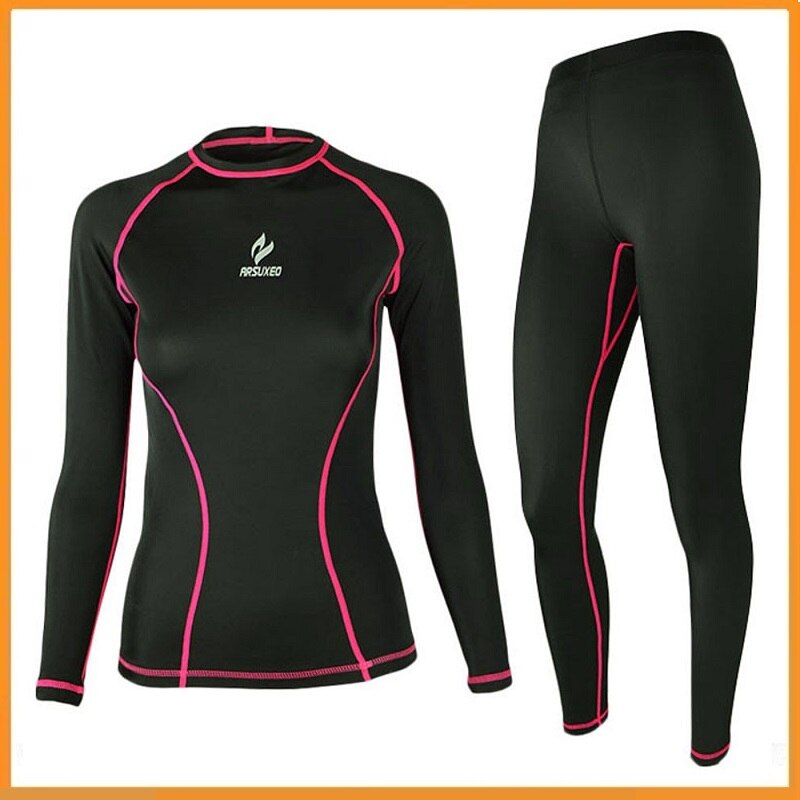Many cyclists are so focused on racing and getting results, the recovery period following the race is frequently skipped. Planning a good recovery is integral to building fitness and increasing performance in future races. Doing the right things post racing and training sessions can mean the difference between doing well and underperforming in the next race.
So what should you do after a race?
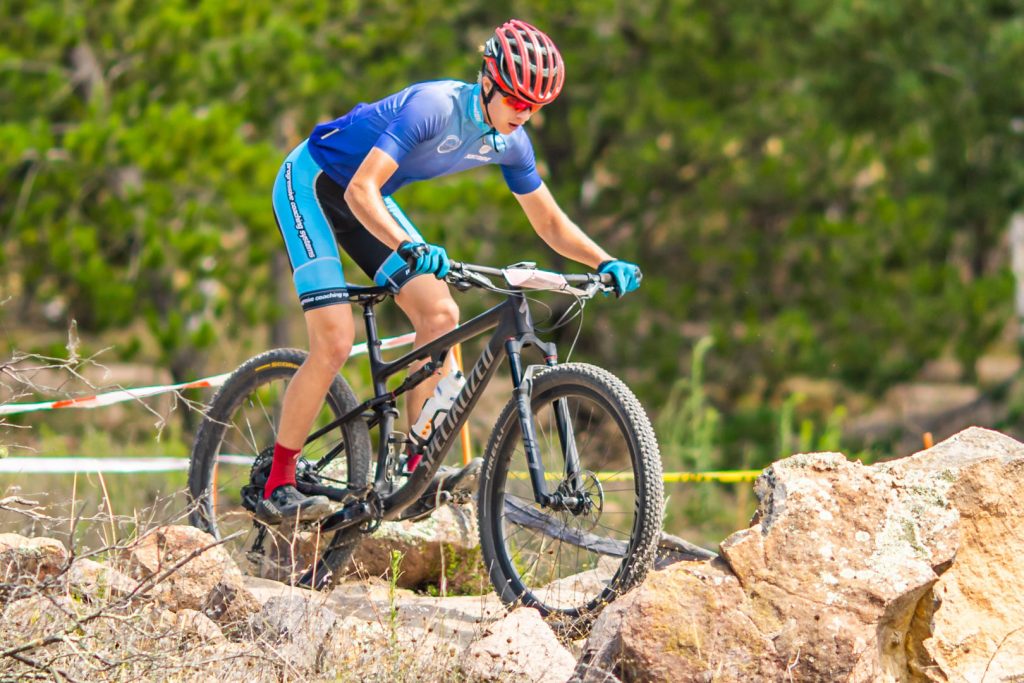
The recovery process starts as soon as you cross the finish line. During racing your muscles get damaged and torn. As they repair they get stronger and produce residual byproducts that make your legs feel stiff and heavy. An appropriate warm down is the first step to building performance and aiding in recovery. Ideally, the athlete should continue to actively stimulate their muscles and keep moving at a slow pace until their heart rate has returned to resting levels while still turning your legs over.
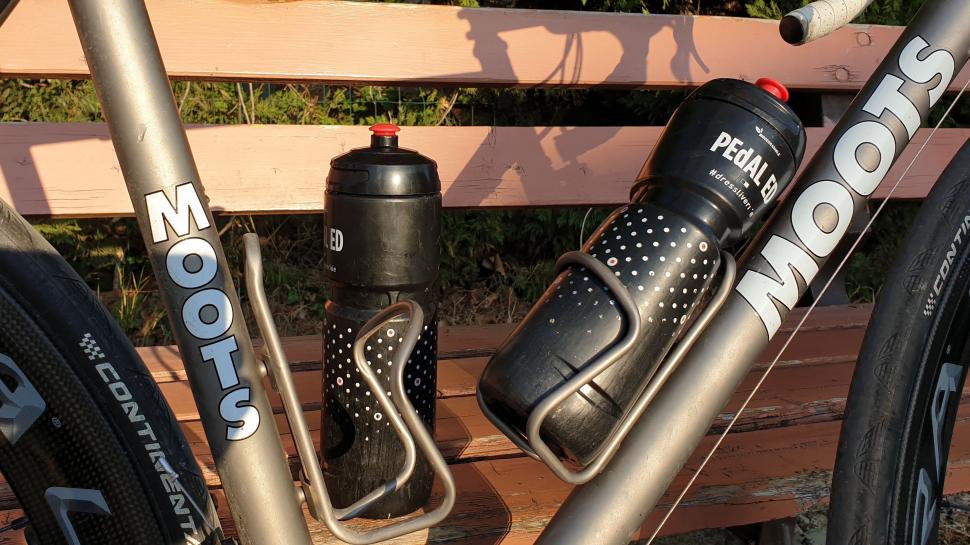
Hydration
Hydration and replacement of essential protein, carbohydrate and electrolytes is essential post race. It is best to consume some kind of replacement recovery drink within 20 minutes. Yes, that means no COKE! An appropriate recovery drink with a good balance of protein, electrolytes and carbohydrates.
Compression Garments
Some cyclists swear by compression garments and leg compression systems. These work by providing compression to the muscles forcing muscle breakdown by-products back into the blood stream and eventually eliminated by the lungs and kidneys. There are many different types of compression garments and systems so it is best to do your research and find something that works for your style of recovery.
Massage
Massage and physiotherapy may also be appropriate depending on the level of intensity and frequency of the race. Athletes that are competing in stage races with more than one event may benefit from a light massage. One of the major benefits of massage is the increased blood flow to the muscles. This stimulation brings oxygen rich blood to the areas as well as removing the by-products. Post massage you are likely to feel more range of movement in the muscles and increased flexibility. This reduces the chance of injury and benefits an athletes posture and strengthens the core.
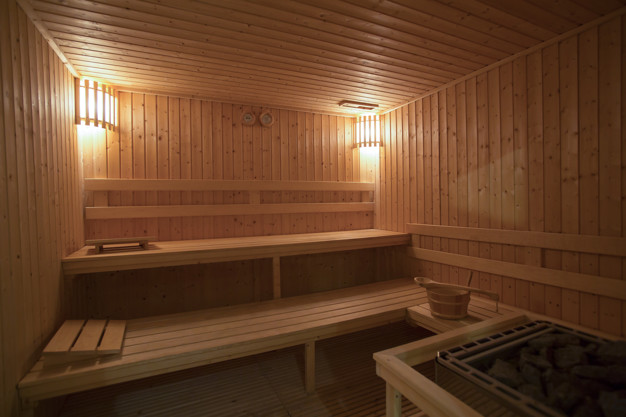
Sauna
Another recovery techniques that has real benefits is using a Sauna post race. People have been baking in sauna’s for thousands of years and a recent study has found that sauna is another great way to aid in recovery. The intense dry heat of a sauna tricks your brain and body into feeling like it is exercising. The body increases heart rate , temperature, and sweating, thus causing hormones to be released e.g. adrenaline, growth hormone and noradrenaline. These physiological processes have been linked with lower risk of heart disease, dementia, chronic fatigue and inflammation however timing is critical and should be appropriately managed.
Swimming
Swimming has also been recognized as one of the very best ways to actively recover. This low impact form of recovery moves your muscles and promotes blood flow without causing further damage. Using swimming gives the athlete full range of movement and aids in removing lactic acid from the muscles. Try and use a few different swimming strokes so that your whole body is actively stimulated to recover.
Spa
Using a spa has also been shown to aid in recovery. Using elements of both sauna and swimming it combines the heat and water elements and gives the athlete similar benefits. This soothing, pressure free muscle rejuvenation not only helps with muscle recovery but the mental relaxation and weightlessness causes other feel-good hormones to be released. The power of the mind has always been shown to trump the power of the body. Making sure that you’re mentally recovering should be just as important as psychical recovery.
Sleep
Getting enough sleep is the first step in mental recovery. Not always as easy as it sounds due to restless legs and the stress of daily life. Tracking your sleep is a good way to get an understanding of how much deep and light sleep you are getting and base your training around this. There are many different technology aids to help track sleep these days so make that your first step.
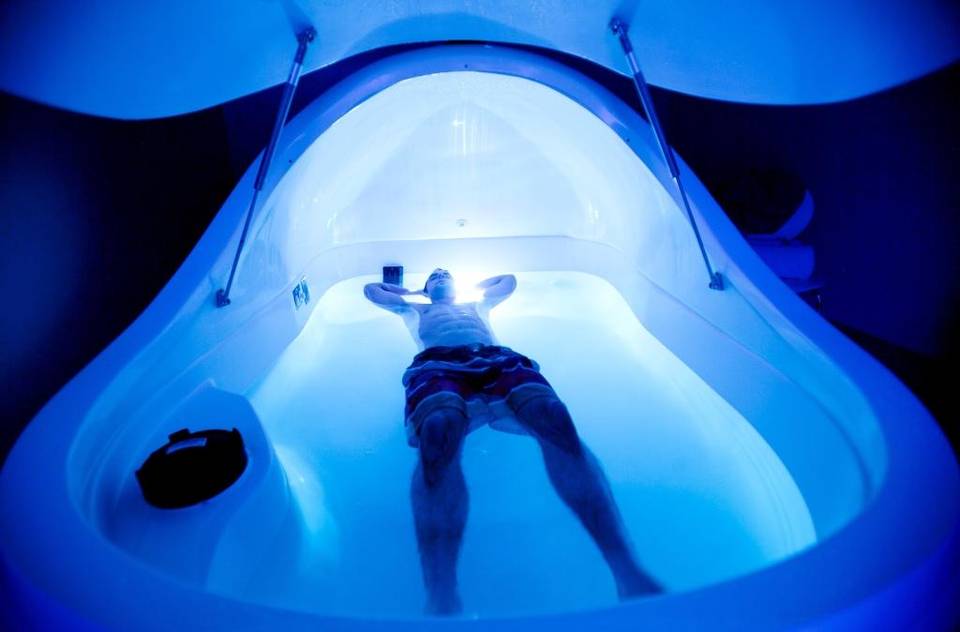
Float Tanks
Float tanks have become quite popular over recent years. A float tank is a vessel that is essentially a sensory deprivation tank. It is filled with salt water and is completely dark. The tank is designed so the user is floating in a relaxed state in about 30cm of water for a certain period of time. The water is combined with Epsom salts and heated to the same temperature as your skin so essentially it feels like you are floating on thin air. The tanks have been shown to reduce provide many benefits including relaxation, stress relief, mental clarity and focus, and even sleep!
Do you religiously practice any of these recovery techniques? We would love to hear from you. What are your favorite techniques and how do you use them for recovery? Through PCS coaching we have an extensive online platform called the ” Athlete’s Dashboard” exclusively for our athletes that they can access 24 hours a day. If you are interested in taking the next step in your cycling and want to be able to access all of these articles, videos and courses, book a Breakthrough call with me today through our website and we can get started on helping you become the best athlete you are capable of. Here’s the link :
https://pcscoaching.com.au/coaching/book-a-breakthrough-session/
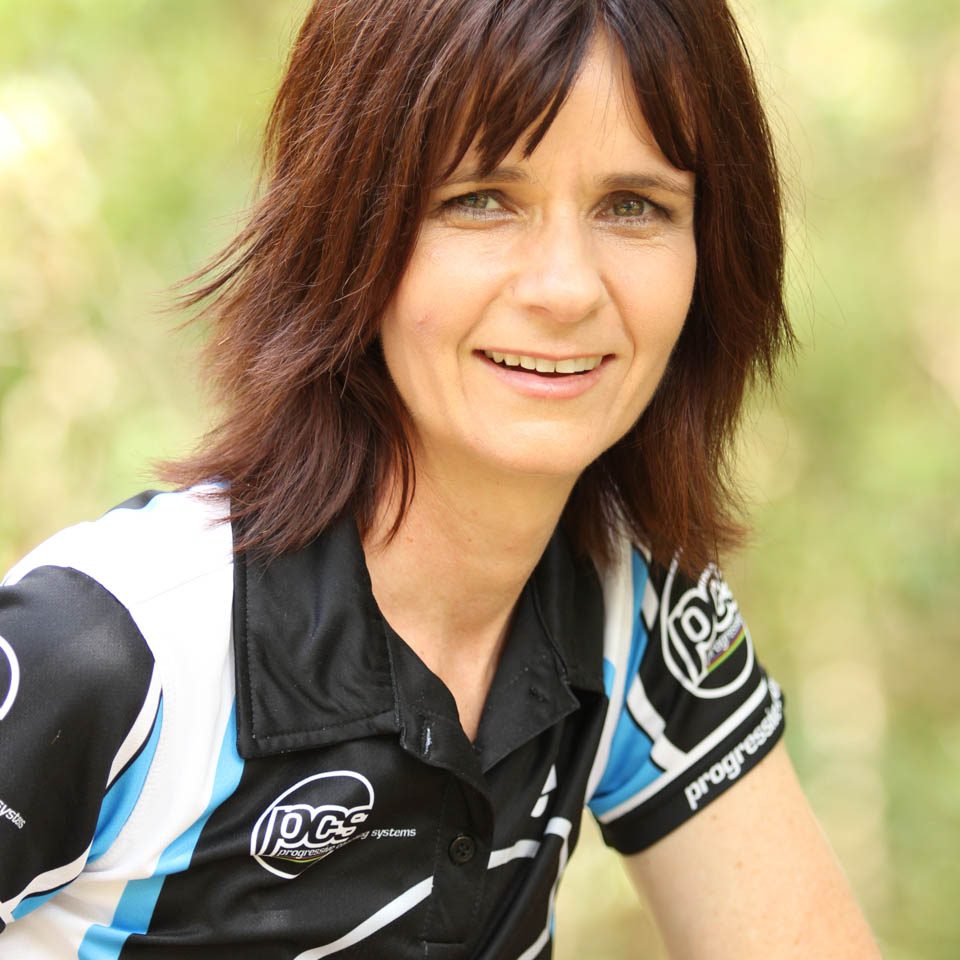
High Performance Mountain Bike Coach
Donna Dall
My speciality is helping serious and recreational mountain bikers break through plateaus to attain higher levels of performance so that they can get fitter, faster, stronger and win more races!

